ISO, IEC, EN ISO… References to standards can be confusing. What is the difference between these standards? What are harmonized standards and what is their purpose? Which version of the standard should you purchase for your business activities?
If you have ever had to create a list of applicable standards for your medical devices, these questions are probably familiar to you. Knowing how much interest auditors have in this list; it is important to get precise answers and make sure you have made the right choice.
In this blog post, we explain:
- the difference between ISO vs IEC standards,
- what (EU) harmonized standards are,
- and how to cite the right standard references in your technical documentation.
We also give you a hint on how to make sure you have identified all applicable standards for your medical devices and help you decide which ones to purchase.
International Standards
What are standards, again? They can be defined as:
Documented agreements containing technical specifications, requirements or other criteria to be used as rules or definitions of characteristics to ensure that materials, products, processes and services are fit for their purpose.
Standards serve as the basis for:
testing, for example, the IEC 60601 series details appropriate tests to be performed on electro-medical devices
certification, for example, certification of Quality Management Systems based on ISO 13485:2016.
Standards vs Regulations
|
(International) Standards |
Regulations |
| International Standards reflect the global consensus and wisdom of many thousands of experts delegated by their countries to participate in the writing process. | Regulations are rules or directives that are made and maintained by a national or regional authority. |
| Applied on a voluntary basis, it is not required (but strongly recommended 😉) to follow standards. | Application is mandatory, products cannot be made available on the market if they do not follow the applicable regulations. |
Well-known examples:
|
Well-known examples:
|
Who is writing these standards?
International standards are established by international organizations, the best known of which are ISO and IEC in the field of medical devices.
ISO vs IEC
ISO stands for International Organization for Standardization. This organization consists of more than 165 national standards bodies. ISO publishes more than 24.000 standards, which are prepared by 820 technical committees and subcommittees, and cover a wide range of topics.
IEC stands for International Electrotechnical Commission, an organization that focuses on electronic goods. More than 170 countries are involved in this organization, which publishes more than 10.000 standards written by 20.000 experts.
Thus, standards beginning with “IEC” are standards that apply only to electronic goods (including software). Standards beginning with “ISO” can cover all types of goods.
European standards
The equivalent to those international organizations at the European levels is the CEN (European Committee for Standardization) and CENELEC (European Committee for Electrotechnical Standardization). Those organizations develop European standards.
Link with international standards
In many cases, European standards will adopt the full text of the existing international standard. These European standards are then referred to as “EN ISO” or “EN IEC”.
This also explains why you may find different publication years for an ISO standard and its EN ISO counterpart. As an example, the international standard ISO 10993-9:2019 was published as a European standard by CEN in 2021 (EN ISO 10993-9:2021).
Harmonized standards
We have international standards, European standards… Now, what about harmonized standards?
Harmonized standards are a specific category of standards developed by a European Standardization Organization at the request of the European Commission, a so-called “mandate“.
About 20% of all European standards are developed following a standardization request from the European Commission. Their references must be published in the Official Journal of the European Union to become “harmonized”. Harmonization does not change the reference of the standard, and only European standards can be harmonized by the European Commission.
You can use harmonized standards to demonstrate that your products or services meet the technical requirements of the EU regulation (MDR or IVDR). In other words, harmonized standards establish technical specifications that are considered suitable or sufficient to meet the technical requirements set out in the EU.
In most cases, the use of harmonized standards is voluntary. As a manufacturer or service provider, you can choose a different technical solution to meet the legal requirements.
From company records to regulatory requirements, and vice-versa
It is important to understand that for the vast majority of standards, the core text of the standard will not be updated from the international version to the European harmonized version. However, the European versions contain a European foreword and, most importantly, the informative Annexes Z.
These annexes explain the relationship between the standard and the requirements of the relevant regulation. They indicate whether all points of the regulation are covered (and to what extent) by the application of the standard. In other words, meeting the appropriate requirements of the standard gives you a “presumption of conformity” with the related requirements of the regulation.
This “chain” of compliance is also explained in the figure below.

Figure 1 – “Chain” of compliance
Harmonization process
One problem with this harmonization process is that there may be some delay between the publication of a new international standard (considered “state-of-the-art”) and its official harmonization as a European standard, creating a gap between the “state-of-the-art” and the recognized technical specifications.
Experience has shown us, for example with the well-known risk management standard ISO 14971:2019, that notified bodies tend to expect you to adopt the “state-of-the-art” approach.
Which version should I purchase?
So if they all have the same number, but are referred to differently, which one should you buy?
In the European Union, it is recommended to always use a harmonized standard, if one exists. However, if an international standard becomes widely known and used in the community, while not yet harmonized, it is advisable to start using that standard as well.
Finding applicable standards
When designing new products, or for companies new to the medical device world, it can be difficult to know which standards apply to which product.
That’s why the ISO organization… has written a standard about it! What else?
This standard is called ISO 16142-1:2016 “Medical devices – Recognized essential principles of safety and performance of medical devices – Part 1: General essential principles and additional specific essential principles for all non-IVD medical devices and guidance on the selection of standards“.
ISO 16142-2:2017 covers IVD devices. It provides a list of standards to be used to meet each essential safety and performance principle.
Conclusion
In conclusion, when compiling the list of applicable standards for your medical devices:
- Make sure you have identified all applicable standards
- Verify which standards are recognized by the competent authorities of your target market (for the EU, verify the list of harmonized standards)
- If a standard is not yet recognized, make sure to use the “state-of-the-art” requirements
- Include appropriate references in your technical documentation







.png?width=109&height=108&name=Pharma%20(2).png)
.png?width=111&height=108&name=Medical%20Devices%20(2).png)
.png?width=84&height=107&name=IVD%20(2).png)


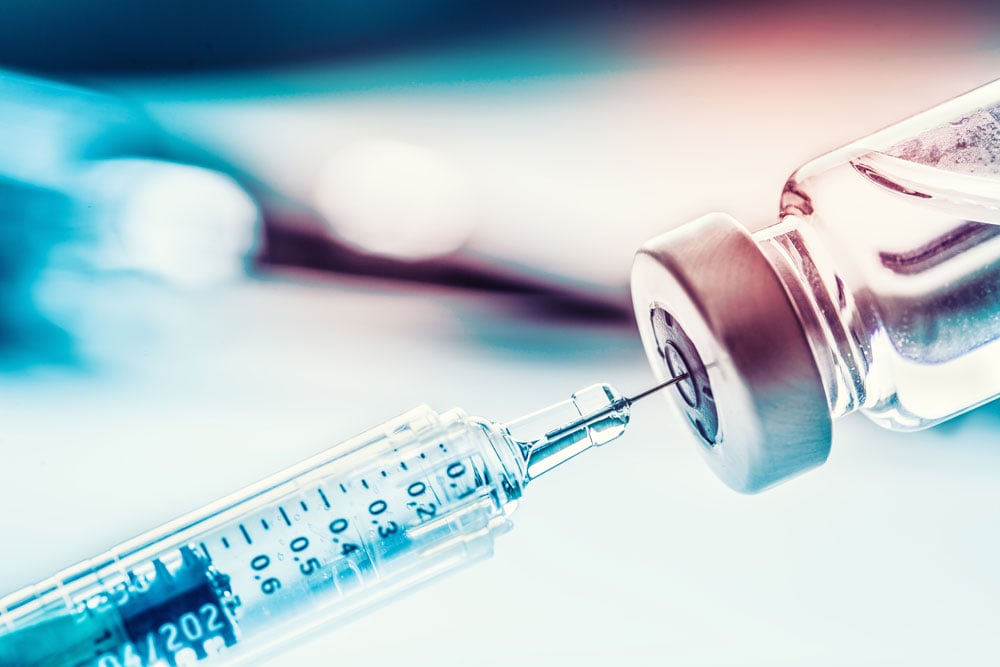
%20Checklist.jpg)

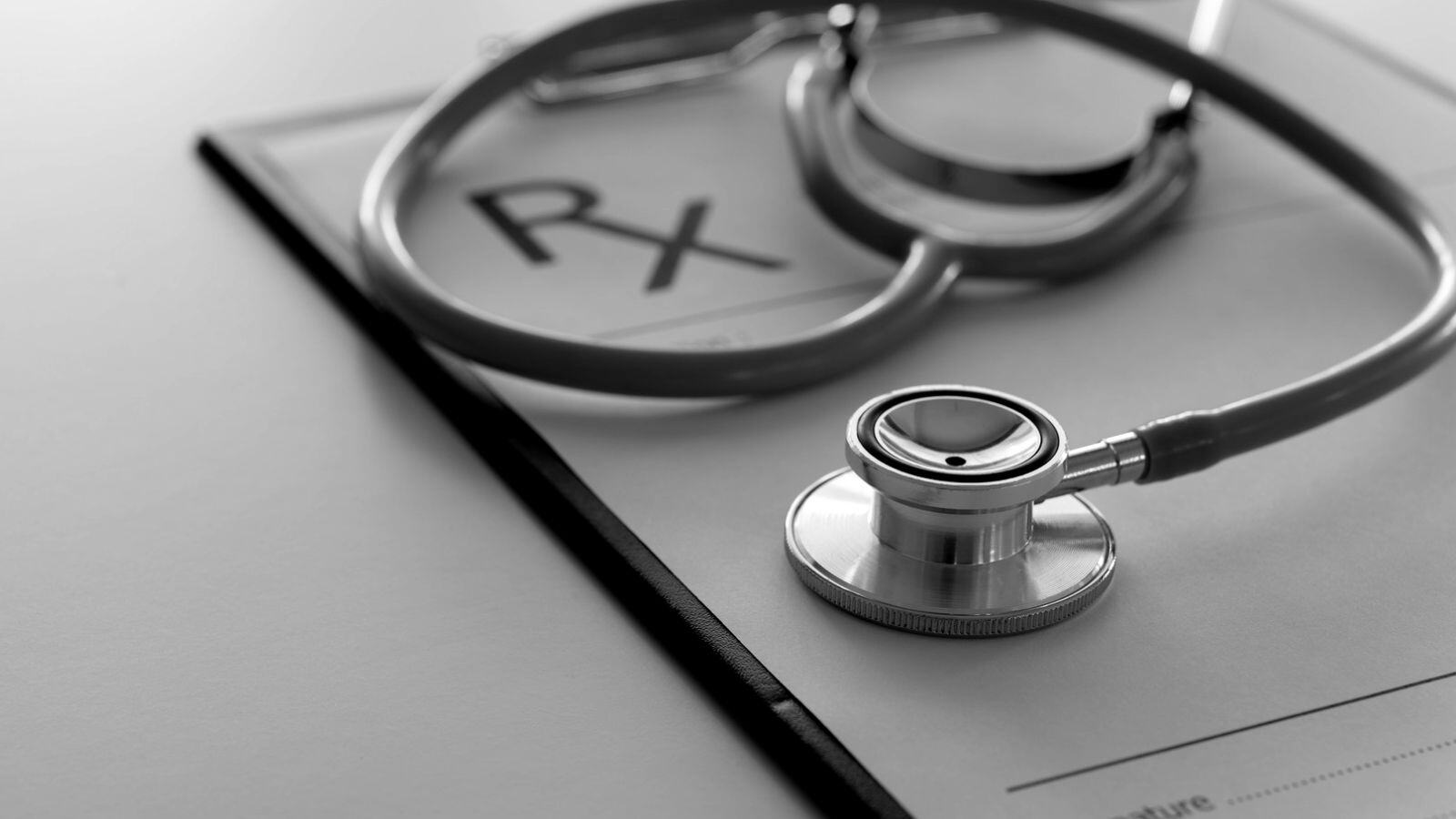
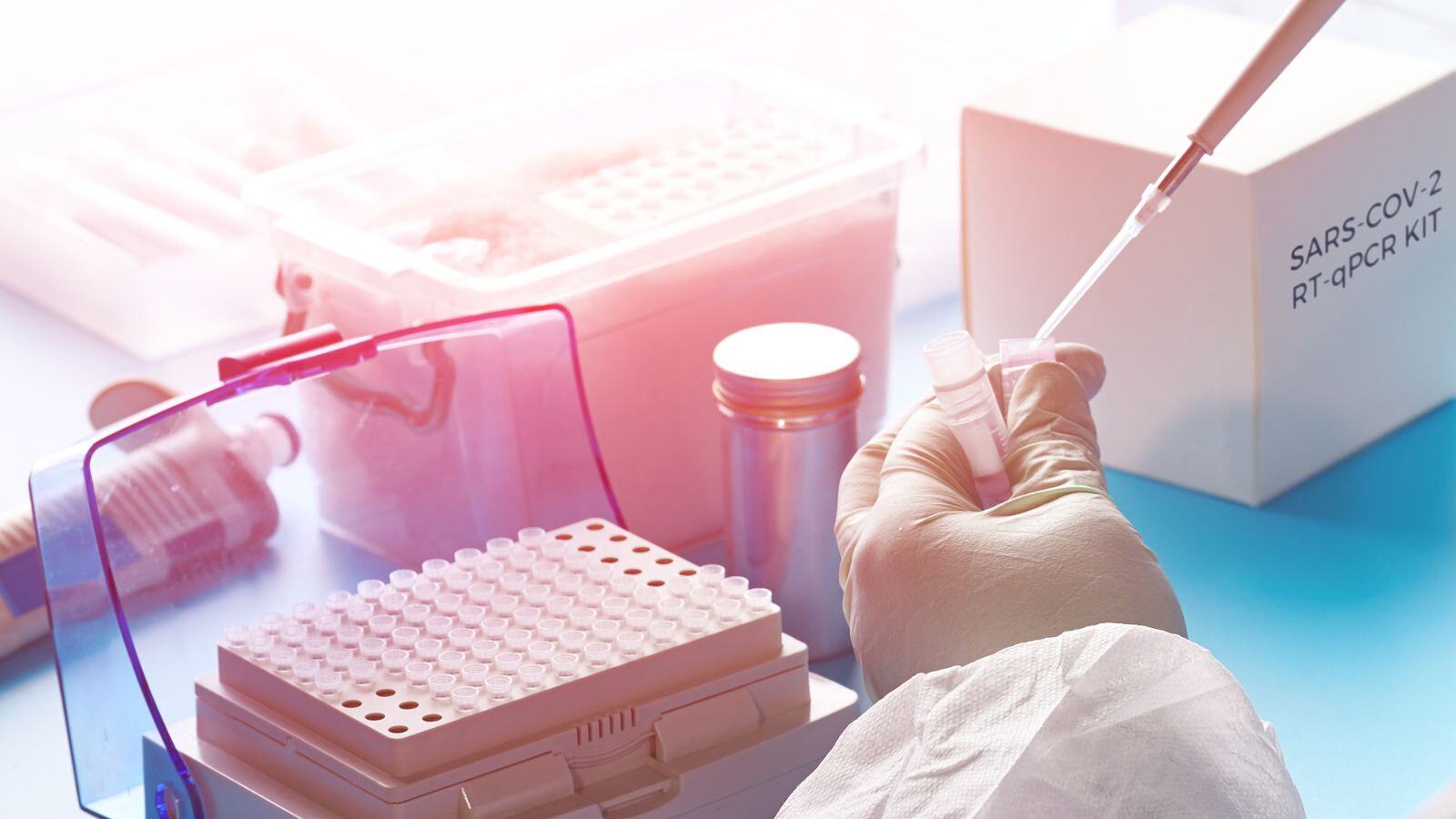

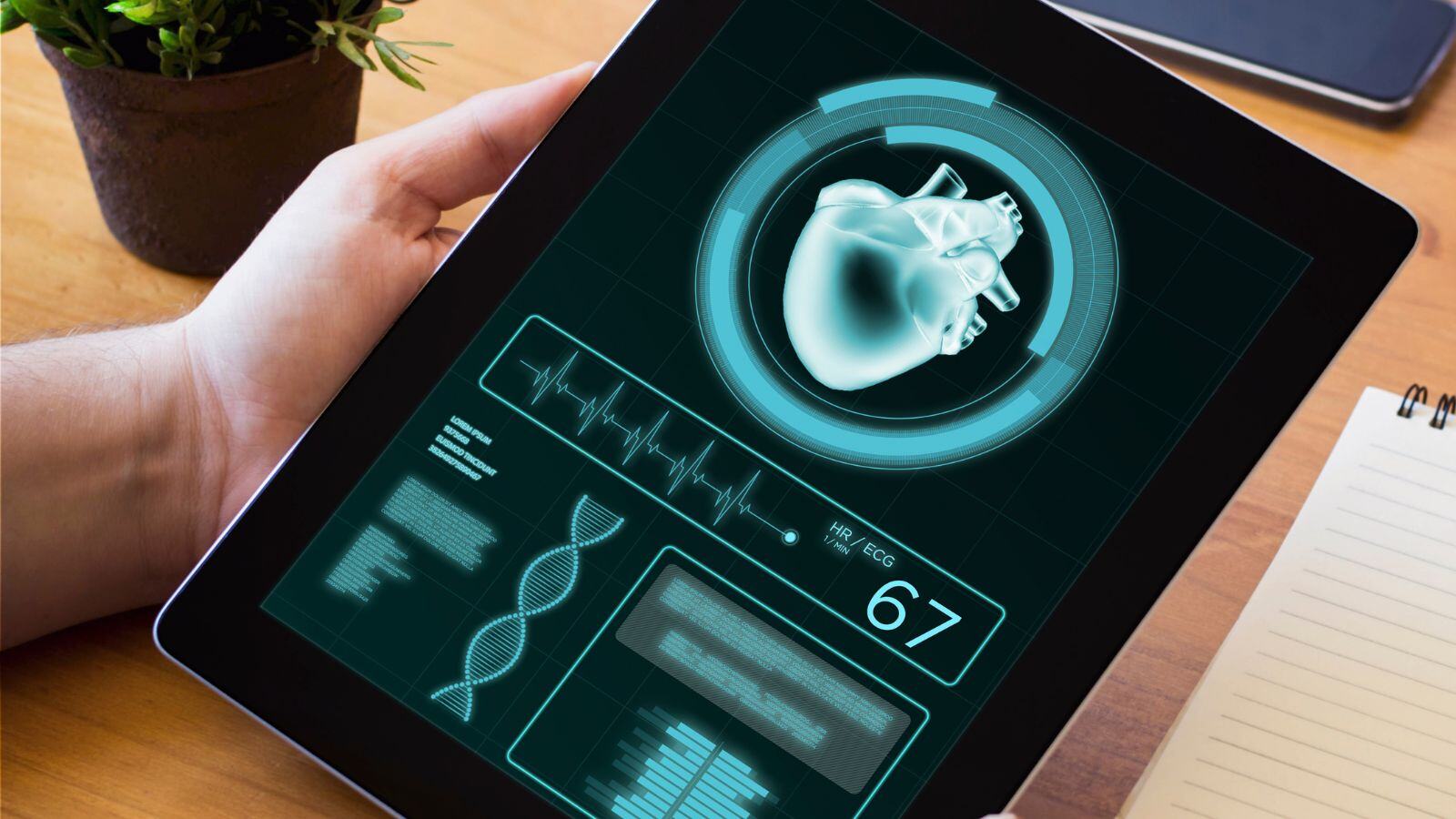

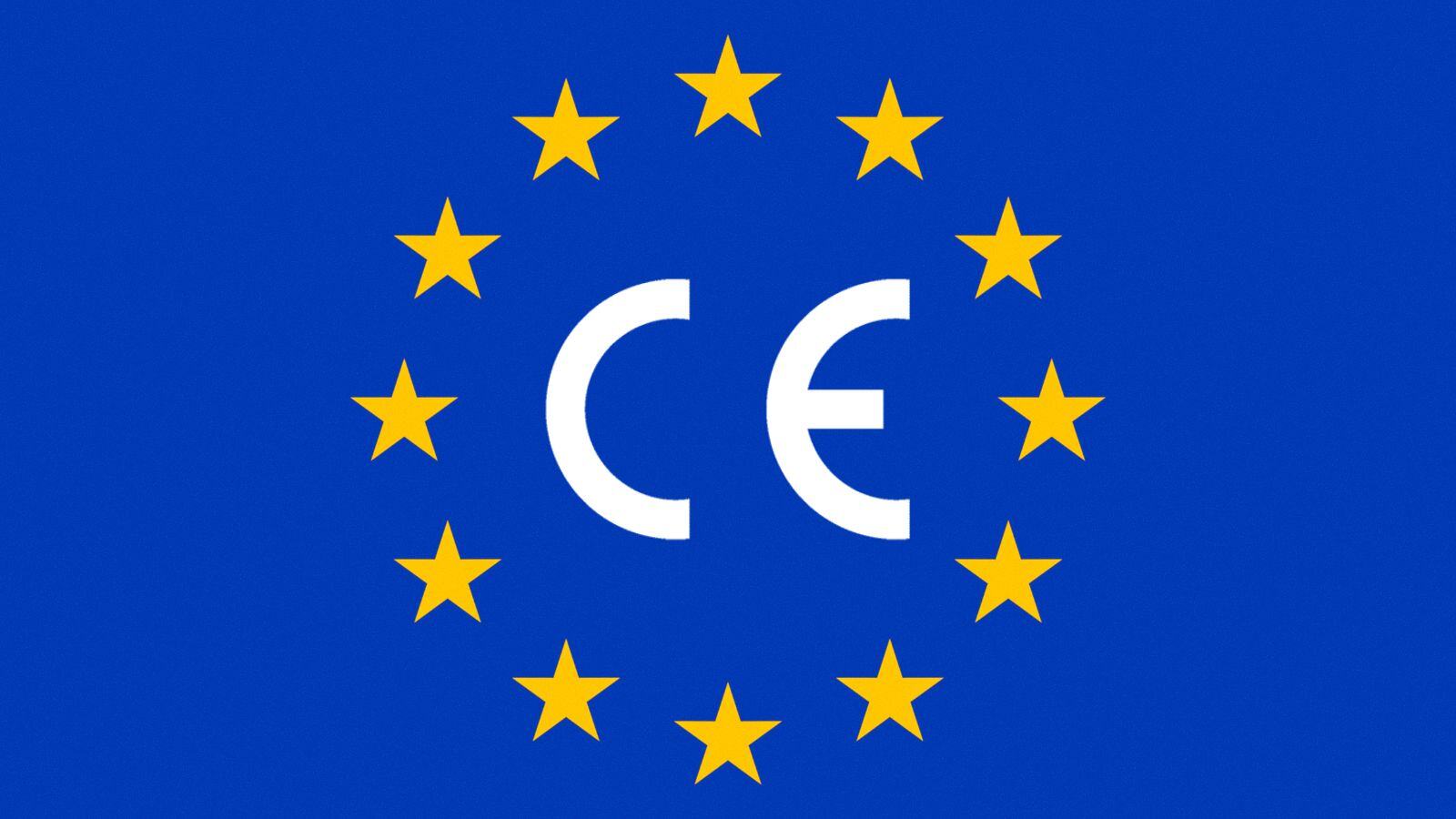

.jpg)




.jpg)
.jpg)

.jpg)

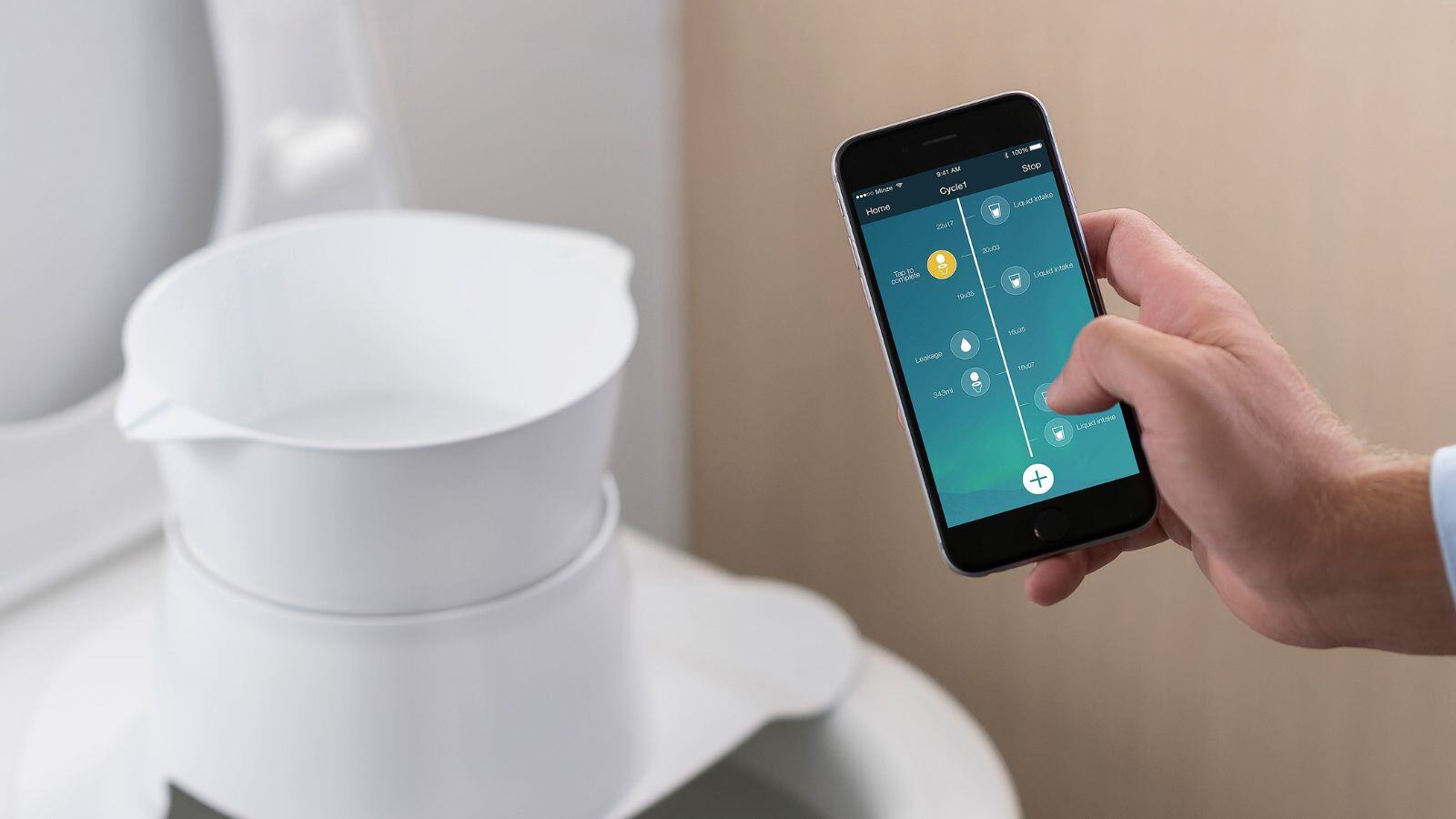
.jpg)
.jpg)
.png)